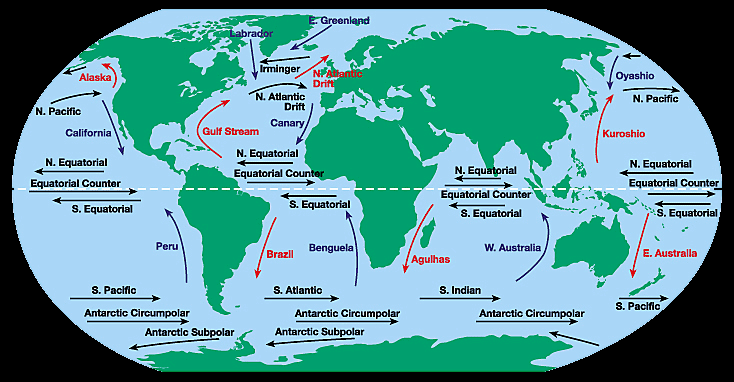formation of Coral reefs, and coral polyps are simple animals that form large colonies with rich varieties of forms and adaptations to differences in wave energy levels, light, and other environmental conditions. Modern coral reefs contain a wide variety of hard and soft corals, but it is the fixing of calcium carbonate by the scleractinian corals to form a hard external skeleton that provides the basis for reef development as the coral structures grow over decades and centuries and as the breakdown of corals, coralline algae, and other organisms that live in and on the reef supplies sediments to back reef and lagoon areas.

How do coral reefs form?/ formation of coral reefs
Coral reefs form through a process that involves the growth and accumulation of coral polyps and other organisms. The most common way for a coral reef to grow is when a new tropical volcanic island is produced, providing a solid surface for coral settlement. The corals require shallow, warm, and well-lit waters to survive. As the corals grow and expand, they form three major characteristic structures: fringing reefs, barrier reefs, and atolls. Fringing reefs project seaward directly from the shore, forming borders along the shoreline and surrounding islands. Barrier reefs border shorelines at a greater distance and are separated from the adjacent land mass by a lagoon. Atolls usually form when islands surrounded by fringing reefs sink into the sea or when the sea level rises around them, creating a ring-shaped coral reef surrounding a lagoon.
The growth of coral reefs is a slow process, with massive corals growing at rates of 0.3 to 2 centimeters per year and branching corals growing up to 10 centimeters per year. Depending on their size, barrier reefs and atolls can take from 100,000 to 30,000,000 years to fully form.
The corals that build reefs are known as “hard” or “reef-building” corals, as they secrete layers of calcium carbonate beneath their bodies, providing a foundation for the reef structure.
How do coral polyps cluster together to form reefs?
Coral polyps cluster together to form reefs through a process that involves the growth and accumulation of individual polyps, their connection via the coenosarc, and the secretion of calcium carbonate to create a protective skeleton. Over time, these colonies may connect to form a reef, with the contribution of other organisms also playing a role in the reef’s structure.
What are coral organisms?
Coral organisms are small, colonial, plankton-eating invertebrate animals called polyps. These individual polyps, each 1–3 mm in diameter, are connected to one another via a thin layer of tissue, allowing for the sharing of nutrients. Beneath the soft bodies of scleractinian, or stony corals, polyps secrete a calcium carbonate skeleton, which becomes the foundation of coral reef ecosystems. Corals are colonial organisms made up of individual polyps, and they rely on photosynthetic algae called zooxanthellae for energy. The algae live within the coral’s tissues and provide them with color and nutrients, helping the corals form a sturdy, stony structure. This mutually beneficial relationship between corals and algae is essential for the growth and survival of coral reefs.
What are coral polyps?
Coral polyps are simple organisms, and most species consist primarily of a gastrovascular cavity that is open at the top to form the mouth and tentacles that form an extension of the body wall and surround the mouth opening.
Coral polyps cluster together to form reefs through a process that involves the growth and accumulation of individual polyps, which are connected to one another via a thin layer of tissue called the coenosarc.

Coral polyps are the tiny, invertebrate animals that build coral reefs. They have a simple structure, with a stomach that opens at only one end, called the mouth, which is surrounded by a circle of tentacles. The polyp’s body is mostly taken up by a stomach filled with digestive filaments, and it expels waste through its mouth.
The tentacles have stinging cells called nematocysts, which are used for defense and to capture small animals for food. The polyp’s outer tissue is called the epidermis, and it secretes calcium carbonate to form a protective cup called a calyx, within which the polyp sits. The walls surrounding the calyx are called the theca, and the polyps are connected by a thin band of living tissue called the coenosarc.

